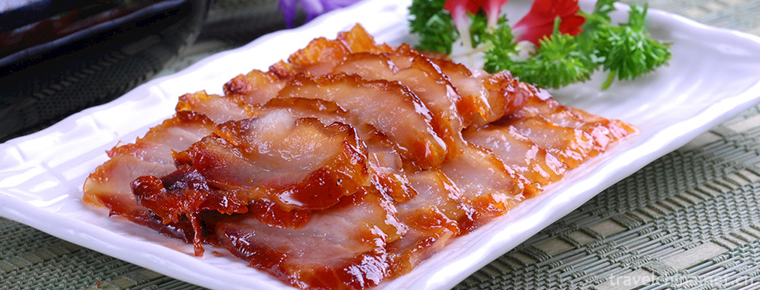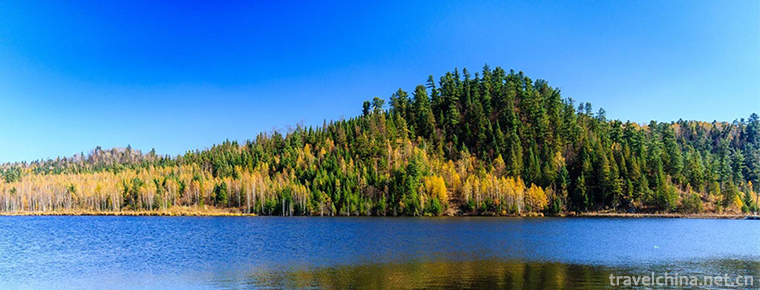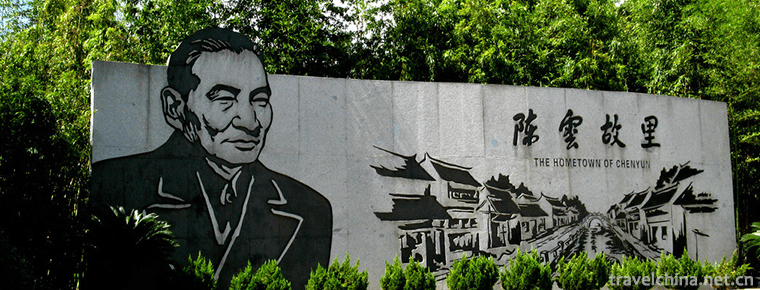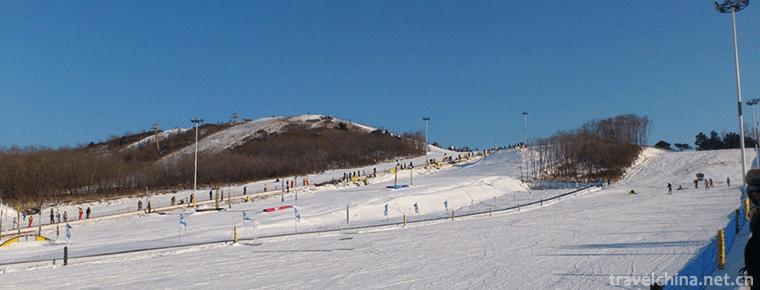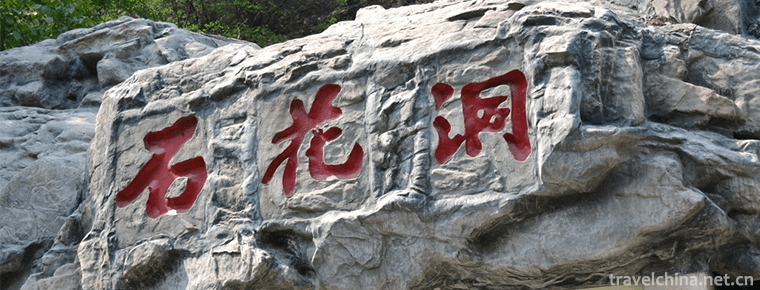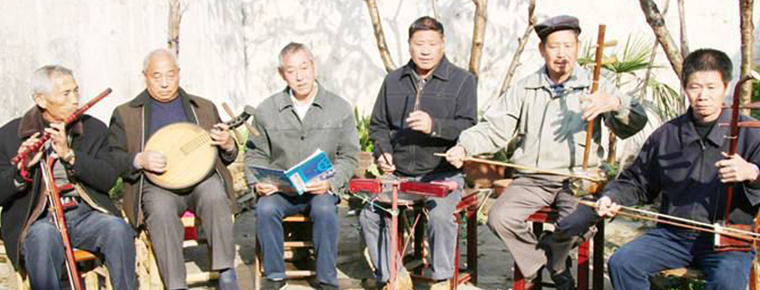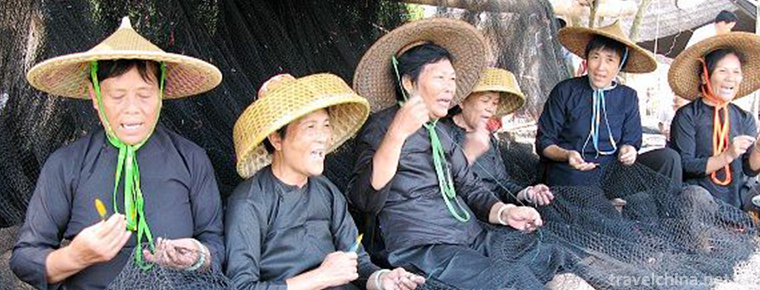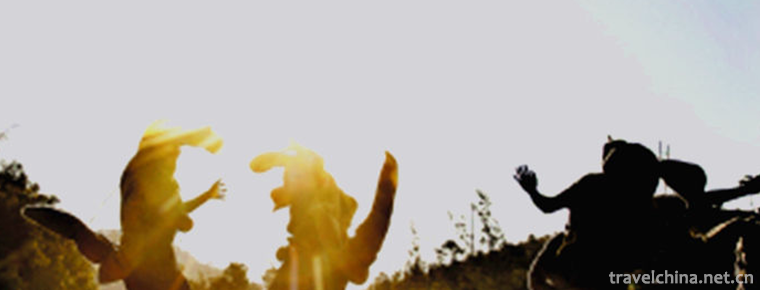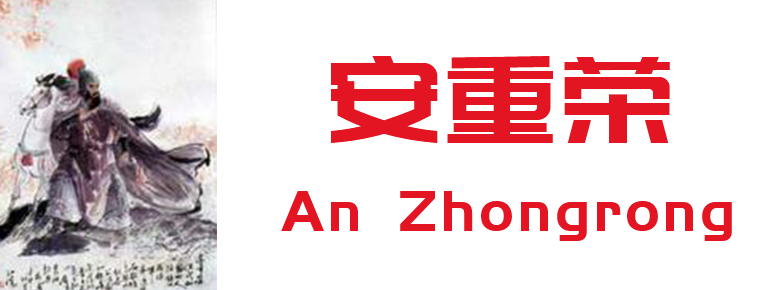Leshan climate
Leshan climate
Leshan has formed a variety of climate types under specific geographical conditions. Because the region is located near 29 ° n, the city belongs to the middle subtropical climate zone, with the characteristics of four distinct seasons, abundant rainfall, water and heat in the same season, and long frost free period. The annual average temperature is 16.5-18.0 degrees, the annual average frost free period is more than 300 days, the annual average frost days are 4.2-9.4 days, and the annual average snowfall days are only 1.0-2.7 days. It is a high-yield area of agricultural and sideline products such as rice, wheat, oil, sugar, fruit, cotton and so on. There are obvious vertical climate differences in southwest mountainous areas. From the foothills to the top of the mountains, there is a complete climate zone of middle subtropical, warm temperate, temperate and cold temperate zone. The climate conditions are very complex. It is the region for the development of comprehensive agricultural management and three-dimensional agriculture, the main production area of timber, tea, Chinese medicine and other crops, and also a valuable tourism resource. Affected by the monsoon and the uplift of the terrain, the climate is humid and the rainfall is abundant. The average annual precipitation in most areas is more than 1000 mm, Emeishan City is more than 1500 mm, only Ebian and Jinkou River are less than 1000 mm. The precipitation has seasonal changes. The rainfall in summer and autumn accounts for about 80% of the whole year, while winter and spring only accounts for 20%. The annual minimum precipitation is mostly below 900 mm, and the maximum annual precipitation in some areas is more than 2000 mm.

Leshan climate
-
barbecued pork
Views: 306 Time 2018-11-02 -
Wuying National Forest Park
Wuying National Forest Park is located in Wuying District, Yichun City, Heilongjiang Province, about 19 kilometers away from the urban area. It is a concentrated protected area of Korean pine in China
Views: 305 Time 2018-12-22 -
Chen Yuns former residence and Qingpu Revolutionary History Memorial Hall
Chen Yun's former residence and the Qingpu Revolutionary History Memorial Hall are the only Memorial Hall in the country that systematically demonstrates Chen Yun's life achievements approved by the C
Views: 145 Time 2019-01-05 -
Shenyang Weipo Skiing Ground
Shenyang Qiaopo International Skiing Resort is located in AAAA Scenic Area of Qiaopo in Shenyang, which is surrounded by mountains in the northeast direction and boundless forest sea.
Views: 240 Time 2019-02-08 -
Shihuadong National Geological Park
Beijing Shihuadong National Geopark is located in Cheying Village, Nancheng Town, Hebei Province, Fangshan District, Beijing. It is a seven-storey karst cave 55 kilometers away from Beijing
Views: 150 Time 2019-02-08 -
Lanxi stall spring
Lanxi Spring Spring Spring Spring is an ancient form of sitting and singing art, which was formed and popular in Lanxi area in the Midwest of Zhejiang Province, Jinhua and Quzhou, and belongs to Nanci
Views: 161 Time 2019-05-10 -
Lingao Fishing Song
Lingao Fishing Song is a kind of Han folk song which is popular among fishermen in Lingao County, Hainan Province. Because of its use of the lining "Li Li Mei" and related legends, it is als
Views: 290 Time 2019-05-13 -
Tiger Sheng of Yi Nationality
Tiger Sheng of Yi nationality is a magical traditional dance of Yi nationality. The Yi people worship tigers and take tigers as totems. It has been said since ancient times that tigers are the people
Views: 188 Time 2019-07-12 -
An Zhongrong
An Zhongrong (- 942 years), Zi tie Hu, Shuozhou (now Shuozhou, Shanxi). The generals of the Five Dynasties and Ten Kingdoms during the late Tang Dynasty and the Late Jin Dynasty.
Views: 289 Time 2019-09-11 -
Thanksgiving tower
Baoen tower is located in Baoen tower Cultural Square, Jiangyang District, Luzhou City, Sichuan Province, commonly known as Luzhou white tower. It is one of the cultural relics under key protection in Luzhou city. Its unique "white pagoda dawn" is one of the "Eight Sights of Luzhou".
Views: 151 Time 2020-10-15 -
Panzhihuas primary industry
In 2018, the total output value of agriculture, forestry, animal husbandry and fishery in Panzhihua was 7.027 billion yuan, an increase of 4.2%. Among them, agricultural output value was 4.434 billion yuan, an increase of 5.2%; forestry output value was 108 million yuan, an increase
Views: 335 Time 2020-12-14 -
Meishan special food
Meishan traditional delicacies and specialties include: sugar and oil fruit, spicy sausage, Sichuan fried spring rolls, Dongpo bean curd elbow, stone bean curd, Dongpo cuttlefish, Dongpo sausage, sweet potato sugar, Meishan Qiao Jiao beef, yameizi so
Views: 257 Time 2020-12-18
